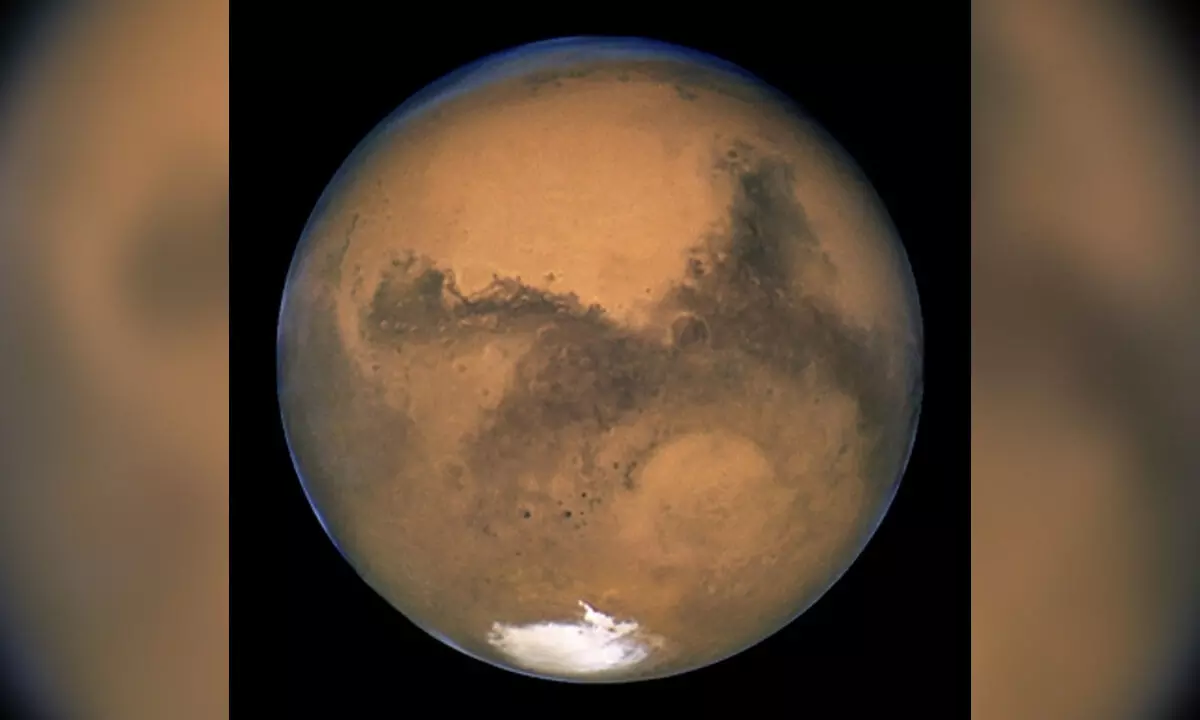Rubber, synthetic fibres, polymers may prevent astronauts from radiation on Mars
Share :

Even as global space scientists are working on the concept of colonising Mars, new research has identified materials, like rubber, synthetic fibres, and some polymers that can potentially protect astronauts on the Red Planet from hazardous cosmic radiation.
New Delhi: Even as global space scientists are working on the concept of colonising Mars, new research has identified materials, like rubber, synthetic fibres, and some polymers that can potentially protect astronauts on the Red Planet from hazardous cosmic radiation.
Mars is arid, and lacks Earth's magnetic field and thick atmosphere. Its surface is exposed to much higher levels of radiation than Earth.
The study led by the University of Patras in Greece and Astrophysics and New York University-Abu Dhabi, UAE, influences the development of spacesuits and safe havens, increasing the viability of extended Mars missions.
Previous research has shown prolonged exposure to radiation on Mars may cause acute radiation sickness, cancer, genetic damage, and even death.
In the latest study, appearing in the journal The European Physical Journal Plus, the team evaluated a variety of unique and common materials to see which best blocked cosmic radiation using computer modelling to recreate the radiation levels on Mars.
They found that compound materials such as rubber, synthetic fibres, and certain polymers would all work well.
In addition, martian dirt, or regolith, acted as a supplementary layer of defence and was relatively successful. They also showed that the most common aluminium could be beneficial in combination with other elements having low atomic numbers.
To validate these results, the team also analysed actual Mars data from NASA's Curiosity rover.
The development is aimed at improving the safety of “astronauts and increases the likelihood of long-term Mars missions," said Dimitra Atri from NYU.
Space agencies of several countries including India, the US, Russia, Europe, UAE, and China have sent missions to Mars, and aim to send manned missions soon.
The researchers noted that the results are directly applicable to “future missions and optimise the combination of advanced materials with the natural resources available on Mars".
